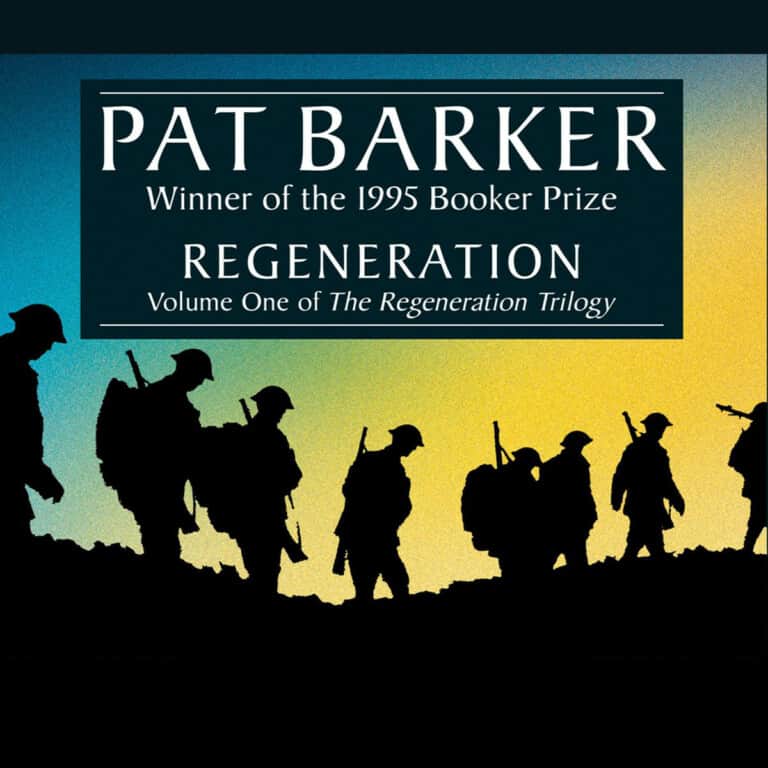A hostile nature
Use of an adjective of color (yellow)
The sun and the light are described as yellow, which is a warm color not normally applied to natural light.
- p.175, l.2: “fading to yellow“. Yellow not presented as a bright color, paradox.
- p.128: “yellowing of the light“, “sulfurous“. Attribute of Lucifer, negative connotation.
- p.199: “like an artificial sunset“.The natural light of the sun has gone. Yellow is linked to the war.
Yellow is associated with light, with Sarah’s skin (because of the ammo factory). It has a negative connotation. This is a subversion of nature. The sun is expected to give light. Here it is the ammo factory that gives light.
Light is the symbol of life whereas war is related to death: there is a subversion of the normal use of life and light.
Darkness
Many scenes with a dark setting.
p.235: Rivers going at night: “gleam” is compared with “metal“, which evokes the weapons. War is everywhere. Importance of shadows :
- p.18: “shadows of the beech trees had begun to creep across“.Creep: snake, evil: negative connotation.
- p.86: “Prior […] sitting on the shadow corner […] in some sleazy district […] he didn’t know where he was“. Disorientation.
- p.199: inside the ammo factory: “room disappeared into shadow”.
Death & hell.
Insistence on cold. Cold used as a metaphor: the sound of an owl is described as cold (p.153).
An aggressive environment
- Scotland: stormy weather in the book.
- Terrible wind blowing:
- p.37: “tensing himself against the wind“
- Prior and Sarah at the sea-side (p.128)
- When Owen and Sassoon discuss poetry (p.142)
- When Rivers visits Burns at his place (chapt.15)
- p185: “another stormy day“.
Such an accumulation of storm is not natural. Symbolic meaning:
- nature becomes really threatening,
- nature powerful vs. human beings powerless.
p.176: “faced with this sea, the land seemed fragile“. There is no protection. Nature is so threatening that characters feel they are the prisoners of the setting and space.
p.128: “they seemed to be trapped, fixed in some element thicker than air” : prisoners.
p.129: “he would have fallen if he hadn’t grabbed a chump of marram grass” : another aggression of nature, deliberate choice from Pat Barker.
Nature as a metaphor of death
A few metaphors insist on the fact that Nature – the outside world is sick.
- p.127: “a ganglion of rails“Outside world + sickness/illness
- p.169: “the mist clung to them [pebbles] like sweat“.Like a fever.
- p.168: the color of the wallpaper: “yellow of an old bruise“.
- p.171: “irregular heartbeat“.
Sickness, cold and absence of light prefigure death.
- p.159. Sarah is at the hospital: “the tall chimney of an incinerator dribbled brownish-yellow smoke“. Yellow death. Everything is subverted by war.
Certain animals are mentioned.
- moth: night animal, one of the symbol of death.(p.98).
- scythes: related to death. (p.98).
- p.156: Rivers writes to Sassoon at his brother’s place.
- “the moth’s huge shadow“
- “darkened the page“
- & Rivers has to convince Sassoon to go back fighting => presence of the Death.
- owl: symbol of melancholy and death. (p.153)
- dead fish (p.176). They find dead fish on the beach. Pat Barker could have avoided this but it creates a link between Nature and Death. It is also a way to see Burns’s reactions: “Burns had stopped dead“.
Conclusion
Many elements were added purposefully to create a whole universe of death and hostility. The point is not that Scotland is like that: it is not realism. It has to do with realism.
Pat Barker makes the reader perceive things as the characters perceive them: the reader should feel like the characters. The scene is seen through their eyes, with death in their head: they see death everywhere.


